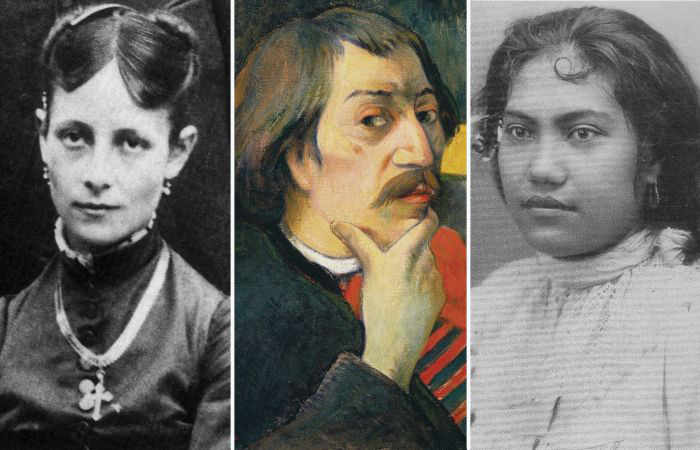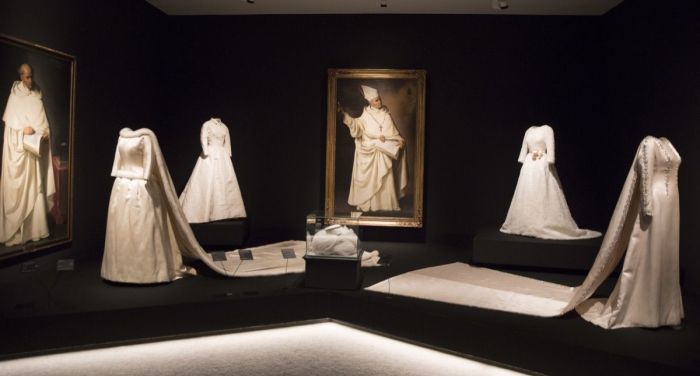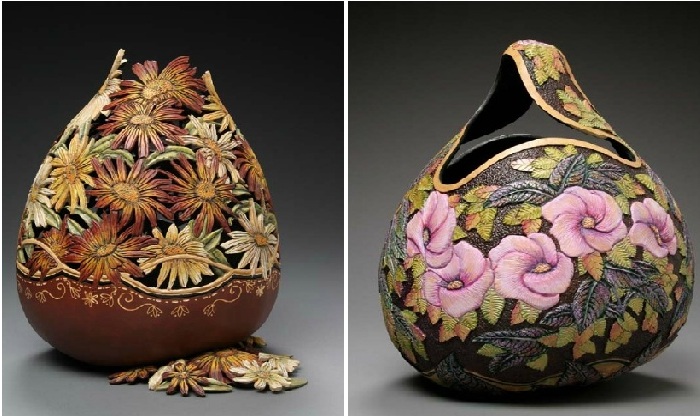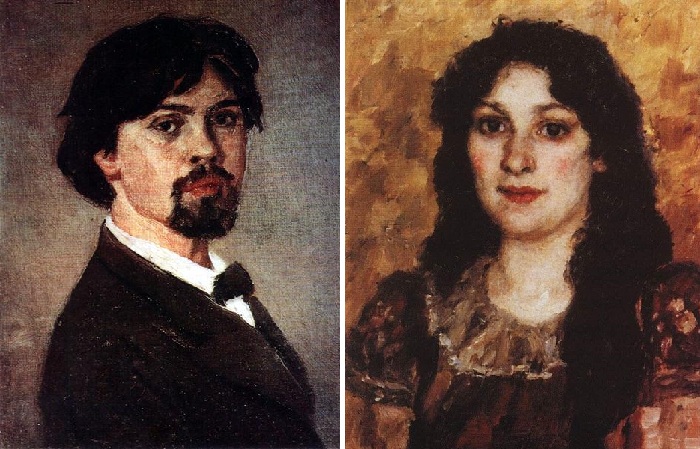examination
The riddle and curse of the “Crying Boy”: Why Amadio was called the devil painter
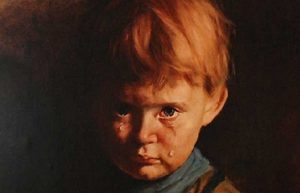 The Italian painter Bruno Amadio, who worked under the pseudonym Giovanni Bragolin, is considered to be the most dramatic and sinister artist in the history of art of the 20th century, who was called the devil painter. His name, in particular, is associated with a terrible story that terrifies many who have encountered his creation “The Crying Boy”, covered in a terrible legend, rumors and speculation.
The Italian painter Bruno Amadio, who worked under the pseudonym Giovanni Bragolin, is considered to be the most dramatic and sinister artist in the history of art of the 20th century, who was called the devil painter. His name, in particular, is associated with a terrible story that terrifies many who have encountered his creation “The Crying Boy”, covered in a terrible legend, rumors and speculation.
A few words about the artist
Bruno Amadio (Giovanni Bragolin) was born in 1911 and lived a fairly long life, leaving a number of art paintings that depict crying children. Despite the fact that the artist lived in the last century, very little information has been preserved about him. After his life, there were practically no personal photos left, he never gave interviews to journalists, art historians did not write their reviews about him. It is only known that in the war years he was a member of World War II, who fought on the side of Mussolini. At the end of the war he moved to Spain, and already there he changed his real name from Bruno Amadio to Giovanni Bragolin. Later he lived and worked in Venice, was a restoration artist. Continue reading
Was there a boy, or what they argue about for many years, looking at Chardin’s picture “Prayer before dinner”
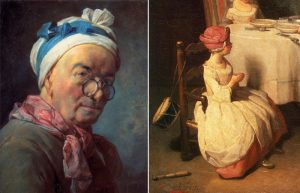 He was called the “artist of animals and fruits.” He had a significant influence on Henri Matisse and Paul Cezanne. In art, this artist sought naturalness and humanity as opposed to the official Rococo style. All this is about Jean Baptiste Simeon Chardin and his picture “Prayer before dinner.” What is the main debate of art critics about this picture?
He was called the “artist of animals and fruits.” He had a significant influence on Henri Matisse and Paul Cezanne. In art, this artist sought naturalness and humanity as opposed to the official Rococo style. All this is about Jean Baptiste Simeon Chardin and his picture “Prayer before dinner.” What is the main debate of art critics about this picture?
The 18th century French artist Jean Simeon Baptiste Chardin was known for his still lifes and genre paintings. His refined and realistic style had a significant impact on a number of the greatest artists of the XIX-XX centuries, including Henri Matisse (1869 – 1954) and Paul Cezanne (1839 – 1906). Chardin’s canvases were simple, but workshops performed. The Chardin world is a world with feeling (and not gallantry), with humility (and not vanity), with simplicity (and not covetousness). For the bourgeois establishment, the works of Chardin represented a salutary contrast with the “decadent aristocratic fragility” of many of the artist’s colleagues (including Watteau). Continue reading
Did Leonardo da Vinci have a second Mona Lisa: The Riddles of the “Iselworth Mona Lisa”
 For many decades, there has been debate about whether the Iselworth Mona Lisa is a genuine, earlier version of Leonardo da Vinci’s most famous work, which attracts millions of visitors to the Louvre every year. The opinions of experts, however, vary greatly.
For many decades, there has been debate about whether the Iselworth Mona Lisa is a genuine, earlier version of Leonardo da Vinci’s most famous work, which attracts millions of visitors to the Louvre every year. The opinions of experts, however, vary greatly.
“Mona Lisa”
The portrait of the mystery woman Mona Lisa (or “Mona Lisa”) is the most famous creation of European painting. The canvas is a female waist portrait. A lady sits on the terrace against the backdrop of a foggy landscape. Her shoulders are turned three quarters, her right hand rests on her left (this position of the crossed arms corresponds to all the rules of decency), the smile is barely perceptible, and her eyes look at the viewer. It is traditionally believed that this is a portrait of Lisa Gerardini, wife of the wealthy Florentine merchant Francesco del Giocondo (hence the second name of the picture). Continue reading
